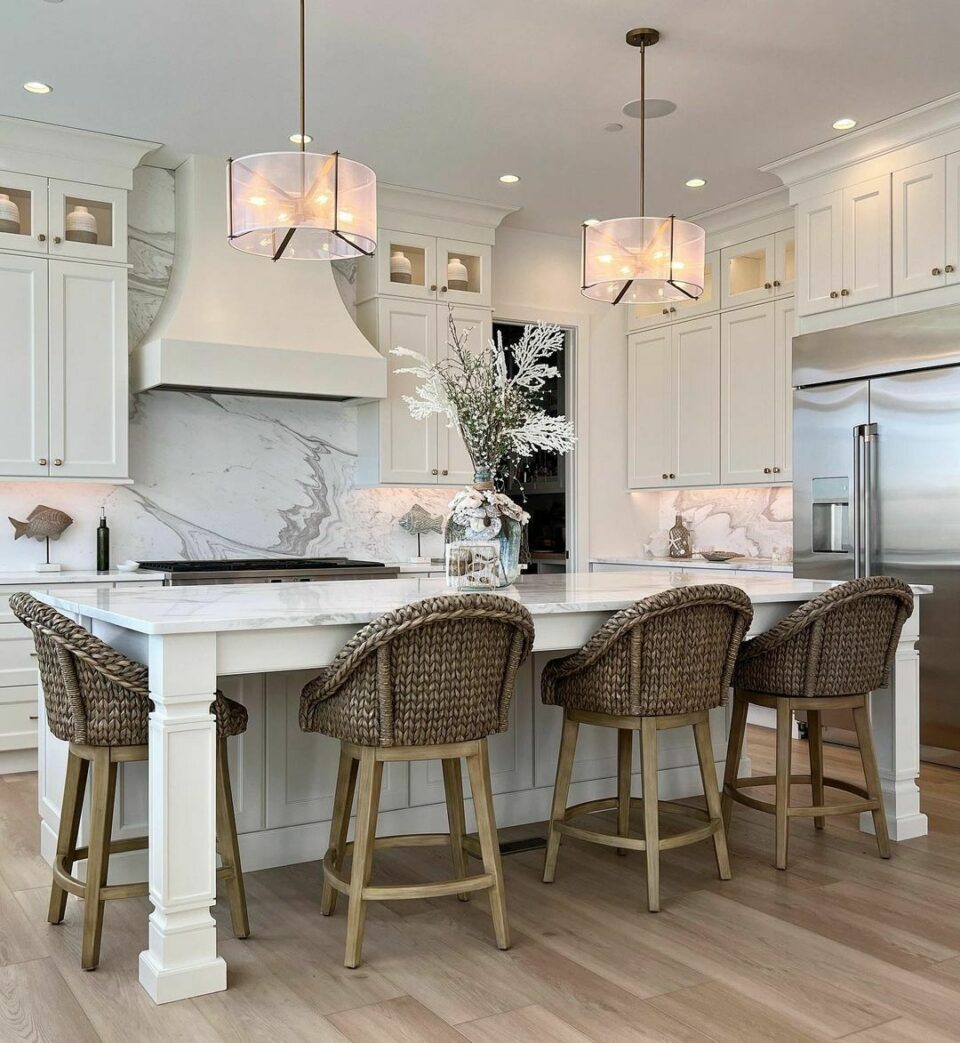Rely on Expert Craftsmanship for Tailored Legs For Kitchen Island Ideas
Rely on Expert Craftsmanship for Tailored Legs For Kitchen Island Ideas
Blog Article
Essential Variables to Take Into Consideration When Picking Legs For Kitchen Area Island
Picking the suitable legs for a cooking area island involves a mindful assessment of several variables that can considerably affect both functionality and visual charm. As we discover these elements, it ends up being clear that each choice can have far-reaching ramifications for the total kitchen experience.
Material Options
When picking legs for a kitchen island, comprehending the different product options is vital for attaining both visual appeal and structural stability (Legs For Kitchen Island). The option of product significantly influences not only the longevity of the island but additionally its overall design and capability
Metal legs, often made from stainless steel or wrought iron, contribute a modern and commercial feeling while making sure longevity and security. These materials are resistant to wear and can support significant weight, making them excellent for bigger islands.
One more choice is engineered materials, like MDF or plywood, which can be extra cost-efficient while still supplying a variety of surfaces. They might not supply the exact same level of security as solid wood or steel. Legs For Kitchen Island. Products such as acrylic or glass can produce a modern appearance, though they may call for extra assistance to make sure stability.
Inevitably, the choice of product for kitchen area island legs should straighten with the preferred capability and the general theme of the kitchen area.
Design And Style

When taking into consideration style, the form and coating of the legs are crucial. Tapered legs can provide a feeling of lightness and elegance, while thicker, extra durable legs can convey toughness and stability. Additionally, the surface-- be it repainted, stained, or all-natural-- should complement the cabinetry and kitchen counter materials to develop a unified look.
Additionally, the style of the legs can additionally mirror personal preference. Personalized or ornamental legs, such as those featuring elaborate makings or distinct geometric forms, can act as prime focus, adding character and individuality to the kitchen. Ultimately, the appropriate option will not only enhance functionality yet additionally raise the visual allure, making the kitchen island a standout feature of the home.
Height Factors To Consider
Picking the suitable height for cooking area island legs is critical, as it straight influences both performance and comfort. The typical elevation for a kitchen area island normally varies from 36 to 42 inches, straightening with typical kitchen counter heights. A 36-inch elevation is excellent for cooking and food preparation, enabling comfy usage of kitchen area appliances and tools. Alternatively, a height of 42 inches is usually favored for islands meant for bar seating, fitting taller feceses and using an informal dining experience.

It is likewise necessary to account for individuals' preferences and heights. Tailoring the height can guarantee a comfy experience for all relative, making the kitchen area island an extra practical and satisfying space.
Weight Assistance
Guaranteeing appropriate weight support for cooking area island legs is vital for both safety and security and capability. The you can try here kitchen area island usually serves several purposes, consisting of food prep work, eating, and extra storage, requiring a robust assistance structure. When choosing legs, it is important to think about the general weight capacity called for based on the island's planned use and the products that will certainly be positioned on it.
The selection of material for the legs plays a substantial duty in their weight-bearing abilities. Solid timber, metal, and sturdy composites typically offer superior toughness contrasted to lighter products. In addition, the design of the legs-- whether they are right, tapered, or have a pedestal form-- can affect their capability to distribute weight effectively across the framework.
Moreover, the leg positioning should be purposefully prepared to improve security. Legs placed at the corners or with a bigger base can much better sustain heavier lots. Always get in touch with the supplier's specifications concerning tons restrictions to guarantee that the legs can sustain the intended weight without compromising safety. In summary, choosing cooking area island legs with appropriate weight support is crucial for creating a practical and risk-free cooking area.
Installment and Maintenance
Proper installation and upkeep of kitchen island legs are important for ensuring durability and security. This usually includes protecting the legs to the island base utilizing proper bolts, guaranteeing that the legs are level and aligned.
When set up, routine maintenance is necessary to preserve the stability and look of the legs - Legs For Kitchen Island. For wood legs, routine cleansing with a wet towel and application of suitable timber gloss can prevent wetness damages and maintain their surface. Steel legs may need a mild cleaning service to get rid of oil and grime, complied with by a completely dry towel to stop corrosion development
In addition, view website inspect the legs frequently for indications of wear or damages, such as splits or loosened joints. Tightening up screws or screws as required can additionally lengthen the life-span of the legs. By sticking to these installment and upkeep techniques, home owners can make certain that their cooking area island continues to be tough and aesthetically appealing for several years ahead.
Verdict

Visual coherence is critical in choosing the style and style of legs for a cooking area island, as these components greatly influence the overall ambiance of the area. useful site Tapered legs can supply a feeling of agility and sophistication, while thicker, extra durable legs can share toughness and security.Picking the ideal elevation for cooking area island legs is crucial, as it directly impacts both functionality and comfort. In recap, picking cooking area island legs with ample weight assistance is crucial for developing a useful and risk-free culinary space.
In conclusion, selecting legs for a cooking area island demands mindful factor to consider of different elements, including product alternatives, style, height, weight support, and installment.
Report this page